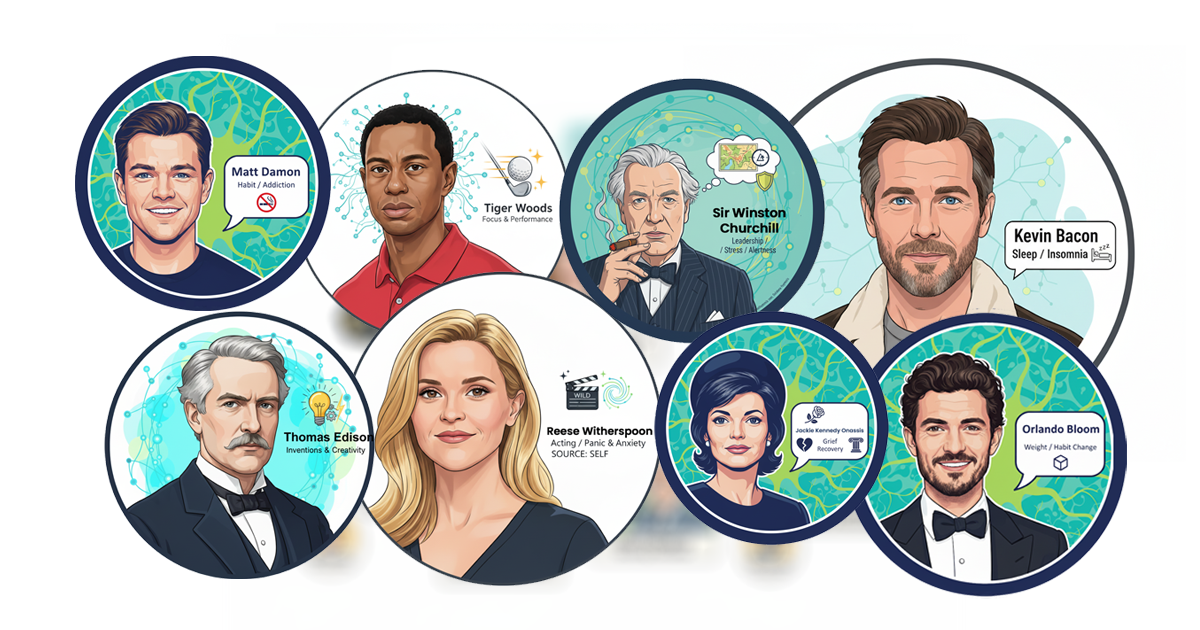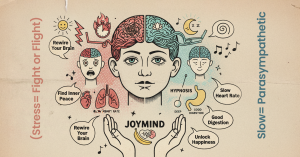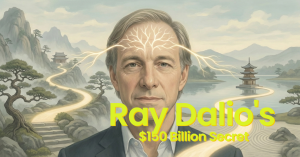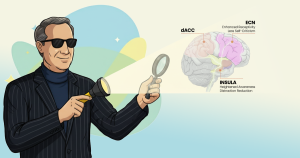Hypnosis: From Celebrity Edge to Clinical Credibility
Why is hypnotherapy gaining mainstream traction now? Because it’s no longer just a fringe tool — it’s a method trusted even by luminaries. When actors, athletes, and public figures turn to trance to optimize performance, manage fear, or rewire old patterns, we should lean in and listen. Their stories help us bridge myth and method.
Once viewed as a stage act, hypnosis is now earning its badge of honor — grounded in neuroscience, backed by controlled studies, and energized by lived experience. (Glock, 2025) In this post, we retrace its arc from sideshow to science — and show how those in the spotlight helped carry its torch.
The Sideshow Origins: Stage, Spectacle, Suggestion
For generations, hypnosis existed in the shadow of spectacle — a trick, a parlor curiosity, a hypnotist waving hands in dim rooms, the audience gasping at the improbable. That imagery dominated public consciousness, obscuring the possibility that trance might someday live in labs, clinics, and therapeutic settings (Glock, 2025).
But beneath the lights lived another possibility: suggestion, rapport, and the dynamics of mind. In the late 1800s, pioneers like Liébeault and Bernheim began reframing hypnosis as a communicative, psychological phenomenon rather than mystical force (Glock, 2025). Their insights planted seeds that would only bloom with time and scientific rigor.
Science Steps In: Evidence, Models, Mechanisms
Decades of research have transformed hypnosis from curious anomaly to credible tool:
Randomized controlled trials show efficacy in pain management, trauma recovery, habit change, and psychosomatic disorders
Meta-analyses reveal consistent effect sizes across domains
Neuroscience is mapping how suggestion modulates neural networks of attention, self, and perception
Here, metaphor meets mechanism — poetic potency meets measurable brain states. The trance, once stagecraft, is now mapped in fMRI and EEG labs. (Glock, 2025)
Celebrity Use Cases: Why They Turned to Hypnosis
When people with influence and stakes use hypnotherapy, it shifts the cultural narrative. Here are six (plus a few) prominent figures who embraced hypnosis — and why their stories matter:
Reese Witherspoon
During the filming of Wild, she experienced panic attacks. She publicly shared that she used hypnosis as part of her toolkit to navigate performance anxiety and emotional intensity. Her openness helps dissolve shame around seeking mind work. SELFDavid Beckham
The football legend reportedly used hypnosis to anchor focus, resilience, and performance during high-stakes matches.Adele
She’s cited using hypnotherapy to quit smoking — shifting one of her deeply ingrained habits.Orlando Bloom
In his earlier years, he turned to hypnosis to address sugar cravings and reshape eating patterns.Tiger Woods
From adolescence onward, he employed hypnosis and NLP (neuro-linguistic programming) to quiet distractions and intensify focus.Additional Figures
Bruce Willis: Hypnosis helped him manage a stutter and gain confidence in speaking publicly.
Jackie Kennedy Onassis: She reportedly used hypnosis to process grief, anxiety, and trauma.
What do their stories teach us? That hypnosis doesn’t belong only to the mystical fringe — it belongs to high performers, people under pressure, creators, athletes, and leaders seeking leverage on the inner game.
Why This Shift Matters to You
This isn’t just celebrity spectacle. It points toward your path:
Legitimacy, not gimmick: Hypnosis is no longer magical fantasy — it’s evidence-rooted and replicable.
Precision, not guesswork: Protocols anchor creative intuition. You can calibrate trance to your goals.
Synergy, not silo: Hypnosis complements therapy, coaching, somatic work — it magnifies them rather than competing.
At Joymind, we’re not stage performers. We’re guides through thresholds. We don’t offer magic; we steward expression, clarity, insight, transformation.
Casting Forward: What Next for Hypnotherapy
The horizon is luminous:
Real-time, AI-augmented inductions that adapt to brain states
Virtual reality + trance hybrids for immersive healing journeys
Hypnosis as foundational skill — like breathwork or meditation — in mind wellness toolkits
We’re in the middle of a transformation. The badge of honor isn’t applause — it’s transformation. It’s lives shifted, resilience built, insight awakened.
Reference
Glock, M. (2025, October). From Sideshow to Science: How Hypnotherapy Earned Its Badge of Honor. Medium. Retrieved from https://medium.com/@drmichaelglock/from-sideshow-to-science-how-hypnotherapy-earned-its-badge-of-honor-7f7490b2397
















